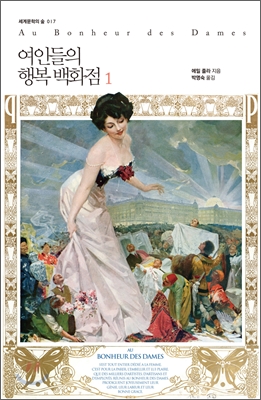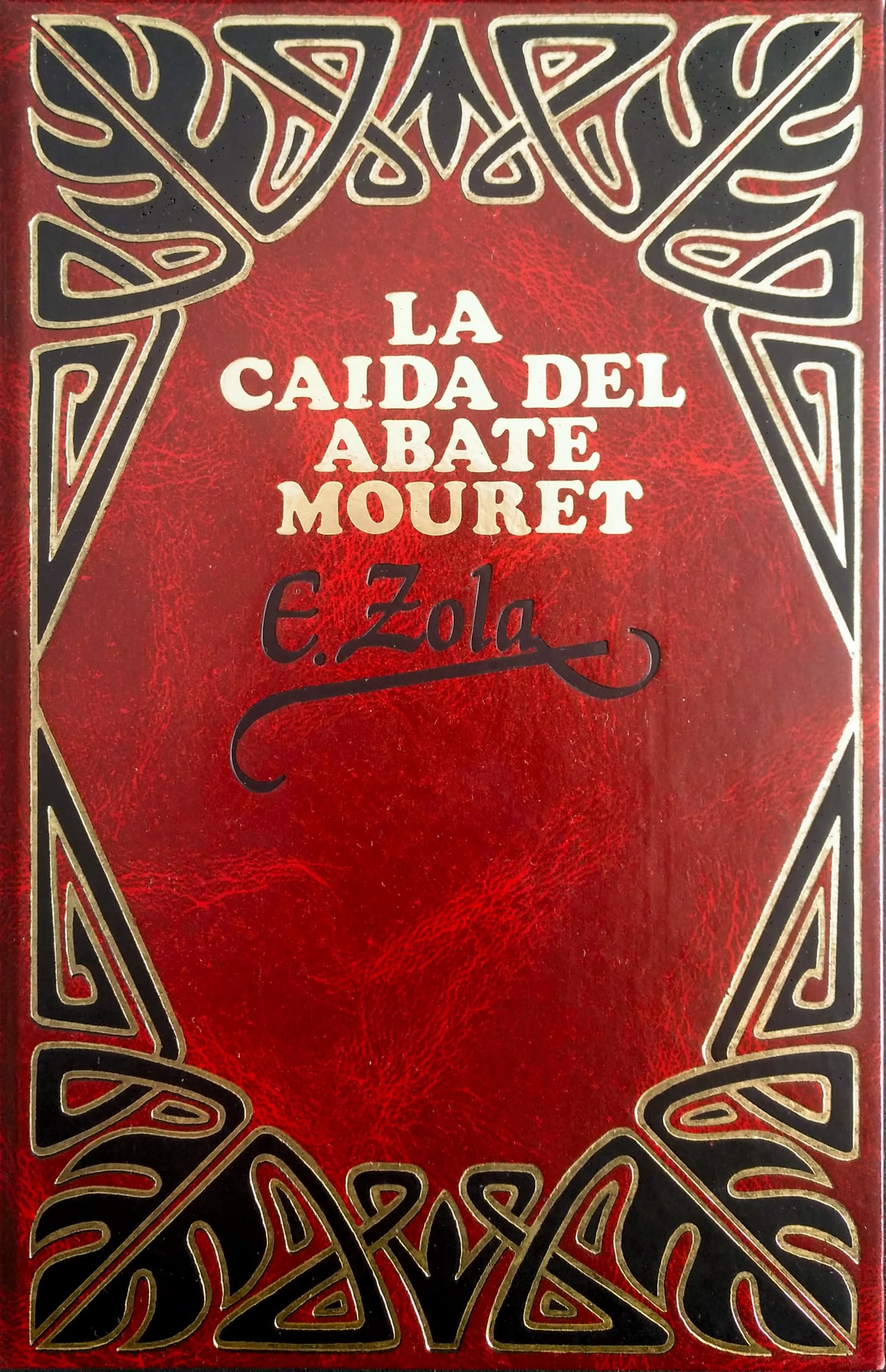
Part of Series
His haunting, impressionistic study of a man's slow corruption by jealousy, Emile Zola's The Beast Within (La Bete Humaine) is translated from the French with an introduction and notes by Roger Whitehouse in Penguin Classics. Roubaud is consumed by a jealous rage when he discovers a sordid secret about his young wife's past. The only way he can rest is by forcing her to help him murder the man involved, but there is a witness - Jacques Lantier, a fellow railway employee. Jacques, meanwhile, must contend with his own terrible impulses, for every time he sees a woman he feels the overwhelming desire to kill. In the company of Roubaud's wife, Severine, he finds peace briefly, yet his feelings for her soon bring disasterous consequences. A key work in the Rougon-Macquart cycle, The Beast Within is one of Zola's most dark and violent works - a tense thriller of political corruption, and a graphic exploration of the criminal mind. Roger Whitehouse's vivid translation is accompanied by an introduction discussing Zola's depiction of the railways, politics and the legal system and the influence of the studies of criminology and the Jack the Ripper murders on his novel. This edition also includes a chronology, suggestions for further reading and notes. Emile Zola (1840-1902) was the leading figure in the French school of naturalistic fiction. His principal work, Les Rougon-Macquart, is a panorama of mid-19th century French life, in a cycle of 20 novels which Zola wrote over a period of 22 years, including Au Bonheur des Dames (1883), The Beast Within (1890), Nana (1880), and The Drinking Den (1877). If you enjoyed The Beast Within, you might like Zola's The Drinking Den, also available in Penguin Classics.
Author

Émile François Zola was an influential French novelist, the most important example of the literary school of naturalism, and a major figure in the political liberalization of France. More than half of Zola's novels were part of a set of 20 books collectively known as Les Rougon-Macquart. Unlike Balzac who in the midst of his literary career resynthesized his work into La Comédie Humaine, Zola from the start at the age of 28 had thought of the complete layout of the series. Set in France's Second Empire, the series traces the "environmental" influences of violence, alcohol and prostitution which became more prevalent during the second wave of the Industrial Revolution. The series examines two branches of a family: the respectable (that is, legitimate) Rougons and the disreputable (illegitimate) Macquarts for five generations. As he described his plans for the series, "I want to portray, at the outset of a century of liberty and truth, a family that cannot restrain itself in its rush to possess all the good things that progress is making available and is derailed by its own momentum, the fatal convulsions that accompany the birth of a new world." Although Zola and Cézanne were friends from childhood, they broke in later life over Zola's fictionalized depiction of Cézanne and the Bohemian life of painters in his novel L'Œuvre (The Masterpiece, 1886). From 1877 with the publication of L'Assommoir, Émile Zola became wealthy, he was better paid than Victor Hugo, for example. He became a figurehead among the literary bourgeoisie and organized cultural dinners with Guy de Maupassant, Joris-Karl Huysmans and other writers at his luxurious villa in Medan near Paris after 1880. Germinal in 1885, then the three 'cities', Lourdes in 1894, Rome in 1896 and Paris in 1897, established Zola as a successful author. The self-proclaimed leader of French naturalism, Zola's works inspired operas such as those of Gustave Charpentier, notably Louise in the 1890s. His works, inspired by the concepts of heredity (Claude Bernard), social manichaeism and idealistic socialism, resonate with those of Nadar, Manet and subsequently Flaubert.




